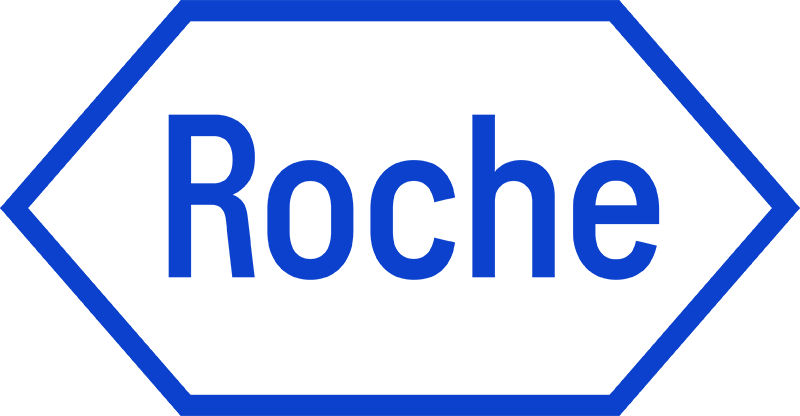Dr. Ninian Lang (University of Glasgow, Scotland) shares key insights into the inaugural 2022 ESC cardio-oncology guidelines which introduce the new definition for cancer therapy-related cardiovascular toxicity (CTR-CVT) and cancer therapy-related cardiovascular dysfunction (CTRCD).2 He discusses the recommended approach to risk stratification, as well as the short and long term follow up requirements in cancer patients. He also examines potential approaches to cardiovascular management in the context of cancer therapy as well as how to implement cardio-oncology surveillance programs in clinical practice.
1. CTR-CVT risk stratification and requirement for short and long-term follow up after cancer therapy
The ESC guidelines recommend that all patients who are due to receive a potentially cardiotoxic anticancer therapy should undergo cardiovascular risk assessment. The recommended tool is the HFA-ICOS risk score, which incorporates the patient’s cardiovascular risk factors, cardiovascular disease history, current and past cancer therapies, and ECG evaluation. Depending on the patient’s risk profile and planned treatment, further testing might be necessary including biomarkers, such as cardiac Troponin (cTn) and natriuretic peptides, and cardiovascular imaging as well as closer follow up and potential referral to a cardiologist.2,3 Cardiovascular surveillance during cancer therapy should be based on the anti-cancer therapy received and stratified by baseline risk and end-of-treatment risk assessment should then inform the extent of cardiovascular surveillance required following treatment.
2. Prevention and treatment of CTR-CVT
Risk stratification as well as short- and long-term follow up are essential in order to be able to identify patients at risk of, or that have developed, CTR-CVT. Cardioprotective measures to prevent or treat CTR-CVT depend on the cancer treatment received and can include limitation of the dose or exposure of the potentially cardiotoxic agent. Ideally, decision-making should be done within multi-disciplinary teams, including oncologists, haematologists, and cardiologists, and depends upon the risk/benefit balance of oncology treatment efficacy and the severity and impact of CTR-CVT.
3. Clinical implementation of Cardio-oncology screening and unmet medical needs
To efficiently implement cardio-oncology screening programs, multidisciplinary collaboration of specialists and the patient is of key importance. This helps to align care pathways, to ensure appropriate access to cancer and cardiovascular care as well as to allocate resources, e.g., access to ECG, echocardiography, biomarker measurements etc. There is currently a lack of evidence that validates the risk stratification models, including how imaging and biomarkers can be used for personalised cardiovascular management of patients undergoing cancer therapies. More clinical studies are necessary to identify efficient pathways to prevent and protect patients from CTR-CVT, either by modification of cancer therapy regimes or addition of cardio-protective medicines.
